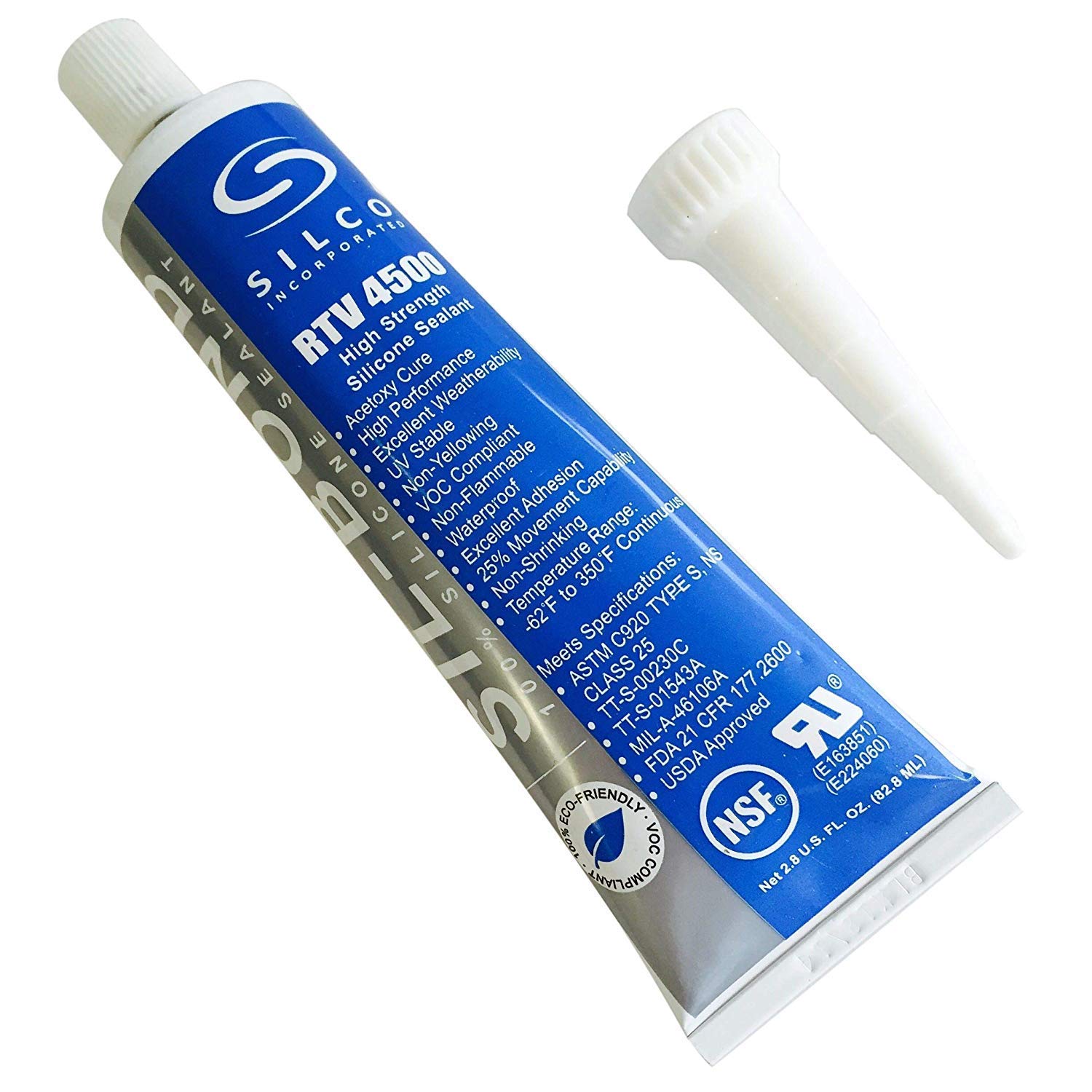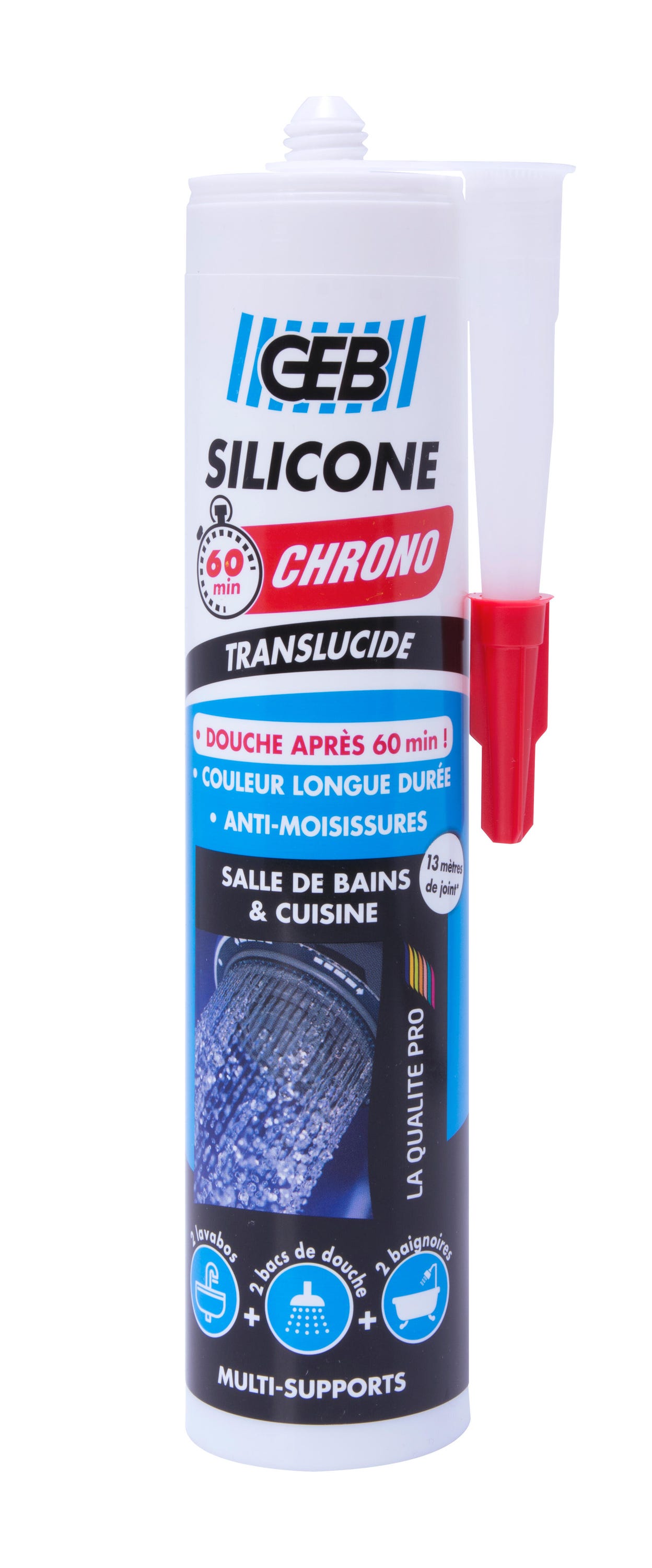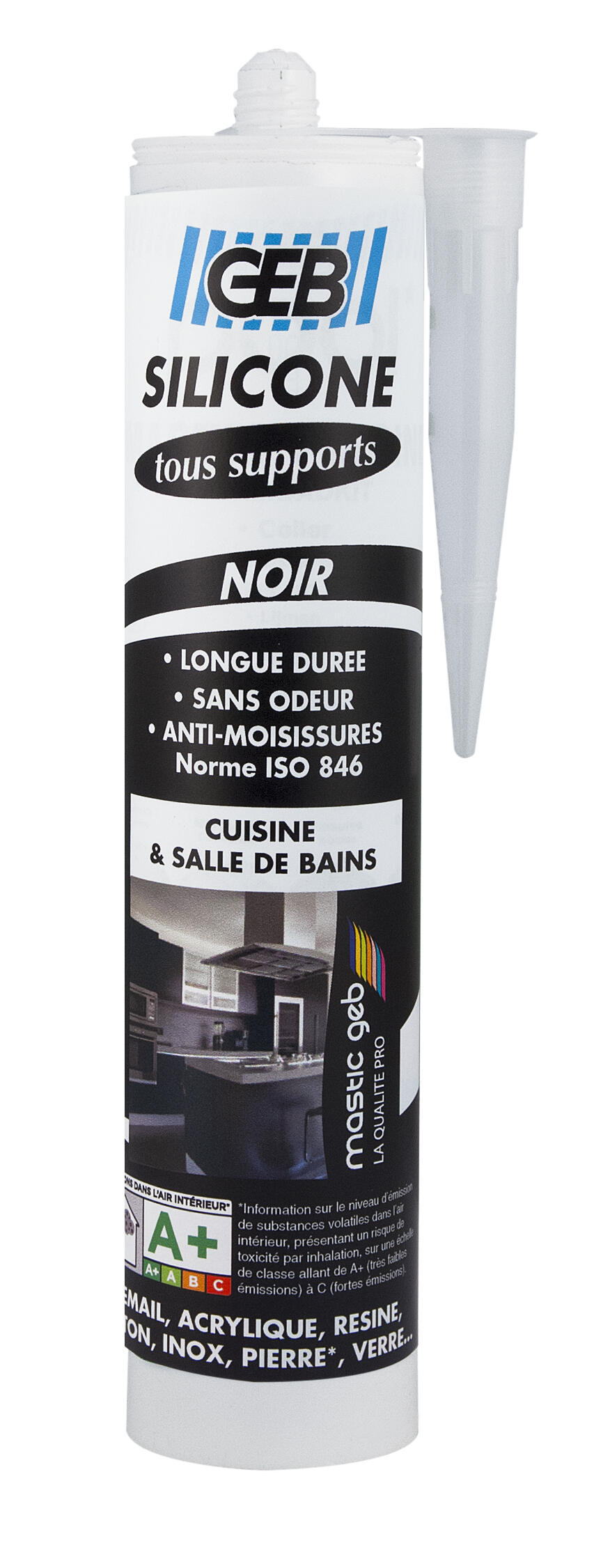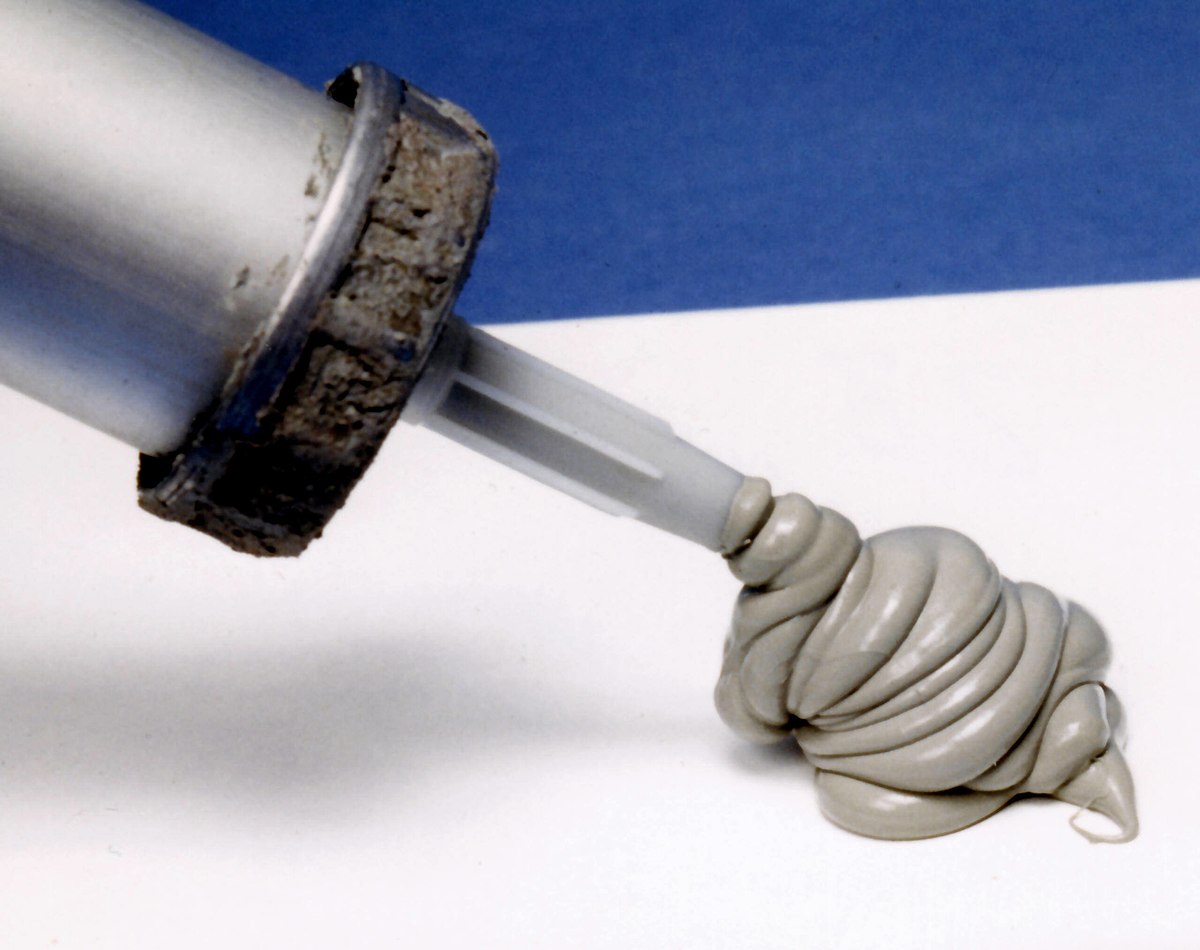Silicone is a widely used material in the aerospace industry due to its sealing properties, stability across an extreme temperature range, durability, sound dampening and anti-vibration qualities, and naturally flame retardant properties. For example, a waterborne formulation using a silane's reactivity and penetration ability into a mineral-based surface can be combined with water-beading properties from a siloxane to produce a more-useful surface protection product. Compounds containing silicon—oxygen double bonds, now called silanones , but which could deserve the name "silicone", have long been identified as intermediates in gas-phase processes such as chemical vapor deposition in microelectronics production, and in the formation of ceramics by combustion. Learn more. Cena 12,53 zł. Most polysiloxanes feature organic substituents, e. Additive Manufacturing , volume 27, pp. Przyssawki 1,5 mieszka. Silicone vs. Silicone rubbers are widely used in industry, and there are multiple formulations. Silicone easily migrates as either a liquid or vapor onto other components. Tools Tools. Silicone rings are commonly worn in professions where metal rings can lead to injuries, such as electrical conduction and ring avulsions. The first stable silanone was obtained in by A. In many cases an additional condensation catalyst is added to fully cure the RTV system and achieve a tack-free surface.


The term "silicone" is actually a misnomer. Silicone can be used as a sheath to protect wires and electrical components from any dust or ice that may creep into a plane's inner workings. Airfield rubber removal Rubber pollution Dioxins Environmental hazards Great Pacific garbage patch Persistent organic pollutant Tire-derived fuel Tire recycling. Viking Extrusions". The other is dichlorobenzoyl peroxide, whose principal breakdown products are dichlorobenzoic acid and dichlorobenzene. PLG18 Manometry plastikowe Przyłącze tylne. Liquid silicone can be used as a dry cleaning solvent , providing an alternative to the traditional chlorine -containing perchloroethylene perc solvent. Spirk and R.
Learn more
This is done by heating large volumes of quartz sand to extremely high temperatures, often up to °C. Some silicones, notably the amine functionalized amodimethicones, are excellent hair conditioners, providing improved compatibility, feel, and softness, and lessening frizz. The curing process leaves behind byproducts, which can be an issue in food contact and medical applications. Glass joints made with silicone sealant can withstand great pressure, making obsolete the original aquarium construction method of angle-iron and putty. It is then distilled into a polymerised siloxane known as polydimethylsiloxane. Ideally, each molecule of such a compound becomes a branch point. Download as PDF Printable version. S2CID Indeks: 22 K Pistolet do przedmuchu 22 K Wyk. Silicones are ingredients widely used in skincare, color cosmetic and hair care applications. The main sources of silicone are natural origin silica stone SiO 2 , water, and natural gas-derived methanol. Blunder, N.
Uniwersalny smar silikonowy Silicone FG
- ISBN
- The silanol condenses further with another hydrolyzable group on the polymer or cross-linker and continues until the system Silicone fully cured.
- It is usually processed and shaped with the following methods.
- Polysiloxane is very flexible due to large Silicone angles and bond lengths when compared to those found in more basic polymers such as polyethylene, Silicone.
- When first discovered, silicone Silicone erroneously believed to have oxygen atoms bonded in this way.
Although silicones can contain organic components such as oxygen, hydrogen, and carbon, they have an inorganic silicon-oxygen Si-O backbone and are defined as inorganic or hybrid substances. This Si-O backbone makes the physical and chemical properties of silicones very different from the properties of similar carbon-based organic chemical substances that have an organic carbon C-C backbone. Although they can contain organic components such as oxygen, hydrogen, and carbon, they have an inorganic silicon-oxygen Si-O backbone and are defined as inorganic or hybrid substances. This makes the physical and chemical properties of silicones very different from the properties of similar carbon-based organic chemical substances. Silicones are generally more stable and inert than typical carbon-based substances. Silicone polymers have an exceptional breadth of chemical and physical properties, and can be manufactured in many forms, including:. Silicones can be made to resist moisture, chemicals, heat, cold, and ultraviolet radiation. They are noted for their ability to function in conditions that would destroy conventional materials. Silicones display a host of unique properties that can lubricate, seal, bond, release, defoam, spread, and encapsulate. They can even insulate, waterproof, and coat. They do not conduct electricity and will not harden, crack, peel, crumble or dry out, rot, or become brittle with age. Because of these and other properties, silicone polymers are utilized in thousands of products in applications such as construction, consumer products, electronics, energy, healthcare, and transportation. These polymers provide unique product performance characteristics that enable innovation in thousands of products that benefit key segments of the global economy and are critical for achieving environmental sustainability targets. Unique Properties Although they can contain organic components such as oxygen, hydrogen, and carbon, they have an inorganic silicon-oxygen Si-O backbone and are defined as inorganic or hybrid substances. Silicone polymers have an exceptional breadth of chemical and physical properties, and can be manufactured in many forms, including: Solids Liquids Gels Pastes Greases Oils Rubber. Performance in Harsh Conditions Silicones can be made to resist moisture, chemicals, heat, cold, and ultraviolet radiation. Learn more.
They are typically colorless oils or rubber -like substances. Silicones are used in sealants, adhesives, lubricants, medicine, cooking utensils, thermal Silicone, and electrical insulation. Some common forms include silicone oilSilicone, greaserubberresinand caulk. Silicone polymers were proposed to form Silicone time. Most polysiloxanes feature organic substituents, e, Silicone. The materials can be cyclic or polymeric. They can vary in consistency from liquid to gel to rubber to hard plastic.


![]()
Silicone. What Are Silicones?
While the main chain of common organic synthetic polymers consists of repeating carbon C pampers o, Silicone is an "inorganic synthetic polymer" whose main chain is made of polysiloxane, which is the repetition of silicon Si and oxygen O atoms 1,2. As the side chain of silicone molecules, it is possible to introduce organic units, Silicone, which can add various properties and create useful hybrid materials. The main sources of silicone are natural origin silica stone SiO 2water, Silicone, and natural gas-derived methanol, Silicone. From these materials, through Silicone chemical reactions, Silicone, silicone is synthesized, Silicone. Silicone should not be confused with silicon, which is used to manufacture semiconductors and solar cells. The term "silicone" refers to a family of manmade compounds, of which silicon Si is a key element. Shin-Etsu Handotai part of the Shin-Etsu Group produces semiconductor-grade silicon, and is the world's leading producer. What is silicone? Silicone vs. Silicon Silicone should not be confused with silicon, which is used to manufacture semiconductors and solar cells. All Rights Reserved. Copyright © Shin-Etsu Chemical Co.
Learn more
Silicone rubber is an elastomer rubber-like material composed of silicone —itself a polymer —containing silicon together with carbon , hydrogen , and oxygen. Silicone rubbers are widely used in industry, and there are multiple formulations. Silicone rubbers are often one- or two-part polymers, and may contain fillers to improve properties or reduce cost.
Silicone rubber is used in automotive applications, many cooking, baking, and food storage products, apparel including undergarments, sportswear, Silicone, and footwear, electronics, to home repair and hardware, Silicone, and a host of unseen applications. Silicone rubber can Silicone moulded into custom shapes and designs.


0 thoughts on “Silicone”